News
Model 3 Delayed by Model X ‘Manufacturing’ Challenges?
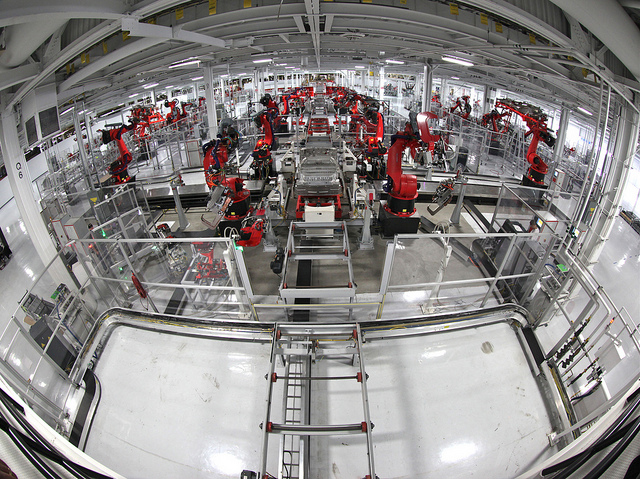

Musk didn’t describe the Model X production challenges but the “real” answer may be battery range for a large, Model X. (Photo Credit: Steve Jurvetson)
11/20 Update: Looks like the two issues surrounding the Model X, heavy falcon wing doors and lack of battery range, have some pointing to BMW’s carbon fiber material, according to ValueWalk.
Tesla Motors earnings conference call provided some revelatory bits of information from Elon Musk and company, with one particular interesting item: the front electric motor in the new all-wheel drive Model S 85D could be in some shape or form in the Model 3 sedan.
(**Of note, Musk mentioned that there will be no more Performance 85 Model S without all the wheel-drivetrain; aids Tesla Motors manufacturing efficiency.)
Musk “seemed to indicate” that this new front motor in the all-wheel drive could be the prototype for the 2017 Model 3, mass-market electric car. This was in response to one analyst’s question on whether the delay with the Model X launch will affect the release and R&D for the Model 3 electric car?
But what about the Model X? What exactly are the challenges? Musk’s comment were pretty cryptic.
Musk says, “We could certainly—it would be quite easy for us to make one (Model X), a handful of production units that are saleable and don’t really move the needle. So, what really matters is at what point can we get to scale production of a really high quality car and that’s really in the third quarter. We also learned a lesson in manufacturing that you have issues that are sometimes one out of 100, but unless you make 100 of something, you don’t see it.”
A cautionary manufacturing approach is smart considering the very slow rollout of Model S sedans in 2012, but I’m not buying this “manufacturing” spin—though mainstream media has been. The non-answer seems to point to what Green Car Reports’s John Voelcker mentioned in late October: battery pack range issues for a really heavy SUV/crossover.
Musk mentioned that the Model X version is close to a “Beta version,” and let’s hope this is true. They need this car to be a success and provide much needed revenue, a bridge vehicle to the Model 3.
Just today, long-time value investor, Ron Baron, CEO of Baron Funds, says, “All of us will likely be Tesla customers in 25 years.” His reasoning is Tesla’s laser-beam focus on electric cars and head start on electric vehicle manufacturing, agains the muddled strategies by bigger automakers, excluding BMW.
Baron says, “As a result, they are developing electric expertise so slowly that the lead Tesla has built up through its fast growing staff … may soon become insurmountable.” So, maybe this dual-drive technology for the Model X and Model S 85D will pay off.
As an aside, make sure you read the Motor Trend article, “2015 Tesla Model S P85D First Test,” describing their road test with the Model S all-wheel drive Model S 85D. Love these prose gems from the article:
But scrambling to the same 60 mph time in the P85D bears no resemblance to that at all. With one transmission gear and no head-bobbing shifts, it’s instead a rail-gun rush down a quarter-mile of asphalt bowling lane. Nothing in the drivetrain reciprocates; every part spins. There’s no exhaust smell; the fuel is invisible. The torque impacts your body with the violence of facing the wrong way on the train tracks when the whistle blows. Within the first degree of its first revolution, 100 percent of the motors’ combined 687 lb-ft slams the sense out of you. A rising-pitch ghost siren augers into your ears as you’re not so much.
Elon Musk
Tesla doubles down on Robotaxi launch date, putting a big bet on its timeline
Tesla continues to double down on its June goal to launch the Robotaxi ride-hailing platform.
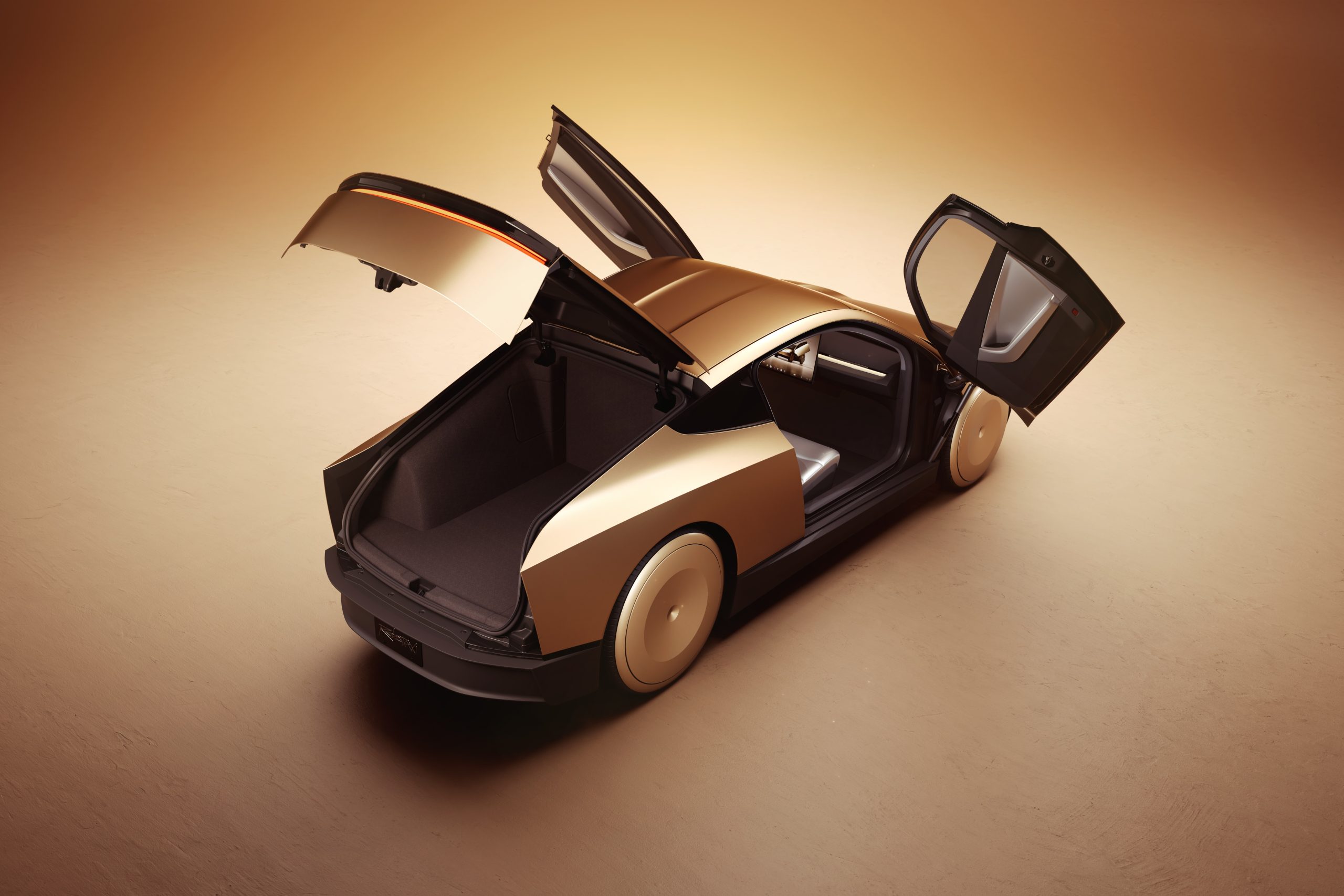
Tesla has doubled down on its potential launch date for the Robotaxi ride-hailing platform, which will utilize the Cybercab and other vehicles in its lineup to offer driverless rides in Austin, Texas.
Tesla said earlier this year that it was in talks with the City of Austin to launch its first Robotaxi rides, and it planned to launch the platform in June.
This has been a widely discussed timeline in the community, with some confident in the company’s ability to offer it based on the progress of the Full Self-Driving suite.
However, others are skeptical of it based on Tesla’s history of meeting timelines, especially regarding its rollout of FSD.
Nevertheless, Tesla was asked when it would be able to offer Robotaxi rides and where, and it clearly is not backing down from that June date:
In Austin, 🔜
— Tesla (@Tesla) April 18, 2025
It is getting to a point where Tesla is showing incredible confidence regarding the rollout of the Robotaxi in June. We have not seen this kind of reiteration regarding the rollout of something regarding autonomy from Tesla at any point in the past.
CEO Elon Musk has even been increasingly confident that Tesla will meet its target. Earlier this week, he said the vehicles will be able to roll off production lines and drive themselves straight to a customer’s house:
Elon Musk continues to push optimistic goal for Tesla Full Self-Driving
There could be some discussion of an acceptable grace period, as the timeline for the Robotaxi rollout could still be considered a success, even if it were a month or two late. However, if it were pushed back further into 2025 or even 2026, skepticism regarding these timelines would continue to persist.
As of right now, it seems Tesla is extremely confident it will meet its goal.
Elon Musk
Tesla Semi fleet from Frito-Lay gets more charging at Bakersfield factory
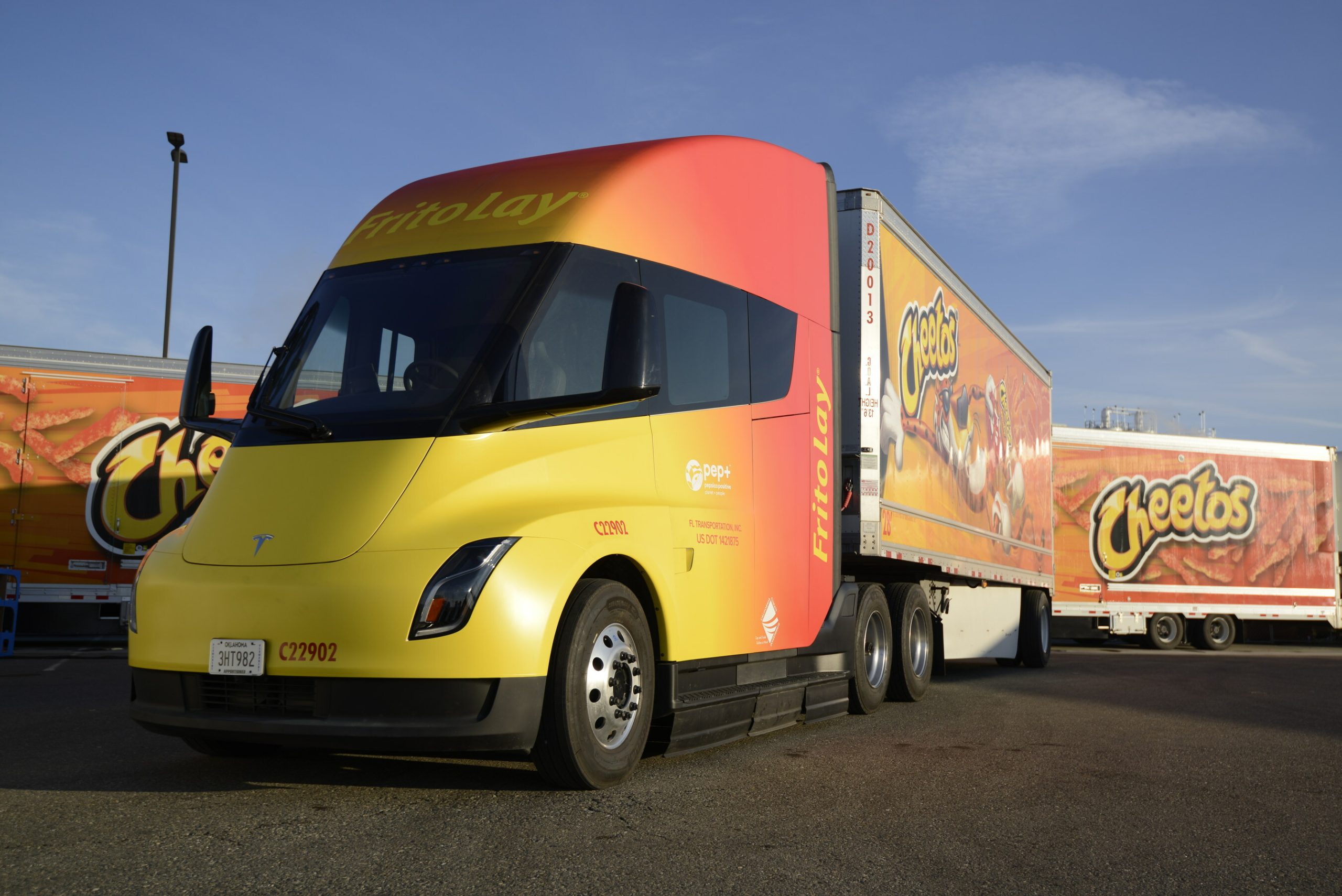
Among the several companies that have had the opportunity to add Tesla Semi all-electric Class 8 trucks to their fleets earlier than others, the most notable is arguably Frito-Lay, which has utilized the vehicle for a couple of years now.
However, as their fleet is making more local runs and there are undoubtedly plans to expand to more Semi units, the company has recognized it needs additional Megachargers to give juice to their trucks.
As a result, Frit-Lay decided to build more chargers at their Bakersfield, California facility, according to new permits filed by Tesla:
🚨 Frito-Lay is building an 8-stall Megacharger array at its factory in Bakersfield, California https://t.co/qARfJjogXF pic.twitter.com/gvorIVxsoc
— TESLARATI (@Teslarati) April 18, 2025
There are already chargers at the company’s Modesto, California, factory, but Bakersfield is roughly three hours south of Modesto.
Interestingly, Tesla is calling the chargers “Semi Chargers” in the filing, potentially hinting that it is no longer referring to them as “Megachargers,” as they have been in the past. This is a relatively minor detail, but it is worth taking note of.
In 2022, Frito-Lay began installing these chargers in preparation for the Semi to become one of the company’s main logistics tools for deliveries in California and surrounding states.
Frito-Lay is not the only company that has chosen to utilize the Tesla Semi for these early “pilot” runs. PepsiCo has also been a company that has used the Semi very publicly over the past two years.
Additionally, the Tesla Semi participated in the Run on Less EV trucking study back in late 2023, where it managed to complete a 1,000-mile run in a single day:
Tesla Semi logs 1,000-mile day in Run on Less EV trucking study
Tesla is planning to ramp production of the Semi late this year. On the Q4 2024 Earnings Call, VP of Vehicle Engineering Lars Moravy said the company would be focusing on the first builds of the Semi’s high-volume design late this year before ramping production in the early portion of 2026:
“We just closed out the Semi factory roof and walls last week in Reno, a schedule which is great with the weather. In Reno, you never know what’s going to happen. But we’re prepping for mechanical installation of all the equipment in the coming months. The first builds of the high-volume Semi design will come late this year in 2025 and begin ramping early in 2026.”
Tesla will build these units at a new Semi production facility located in Reno near its Gigafactory. The company is getting closer to finishing construction, as a drone video from this morning showed the facility is coming along at a good pace:
🚨Tesla Semi factory progress update: pic.twitter.com/dlzIjKwfT3
— TESLARATI (@Teslarati) April 18, 2025
News
Tesla Cybercab no longer using chase vehicles in Giga Texas
Elon Musk expects Tesla to produce about 2 million Cybercab units per year.
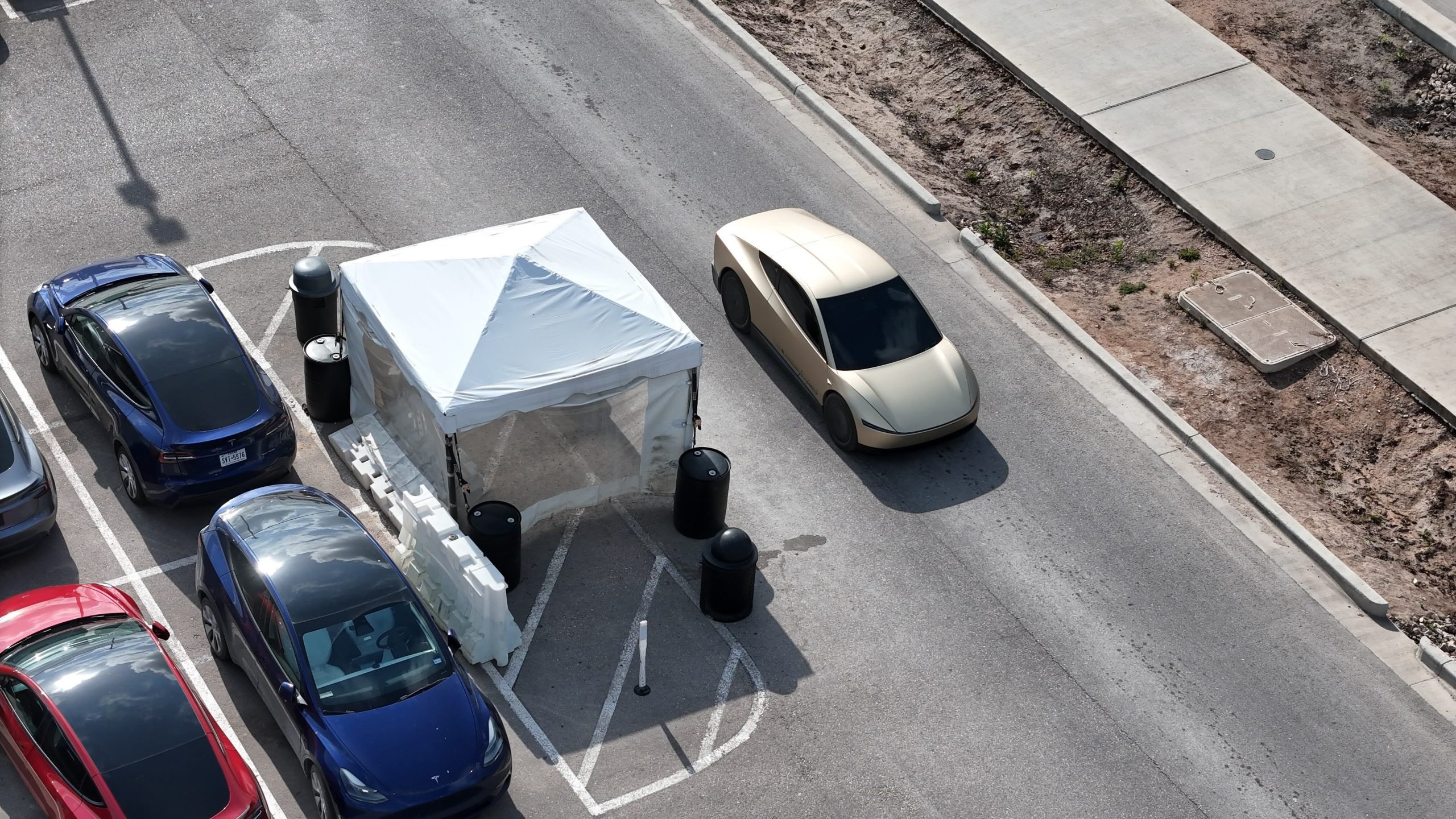
The Tesla Cybercab is the company’s first vehicle that is designed solely for autonomous driving. And while the spacious two-seater is expected to start volume production in 2026, the vehicle’s development seems to be moving at a steady pace.
This was hinted at in recent images taken by a longtime Tesla watcher at the Giga Texas complex.
Tesla Cybercab Production
The Cybercab will likely be Tesla’s highest volume vehicle, with CEO Elon Musk stating during the company’s Q1 2025 All-Hands meeting that the robotaxi’s production line will resemble a high-speed consumer electronics line. Part of this is due to Tesla’s unboxed process, which should make the Cybercab easy to produce.
Elon Musk expects Tesla to produce about 2 million Cybercabs per year. And while the vehicle is expected to see volume production at Giga Texas next year, the CEO noted that the vehicle will be manufactured in more than one facility when it is fully ramped.
No More Chase Cars
While the Cybercab is not yet being produced, Tesla is evidently busy testing the vehicle’s fully autonomous driving system. This could be hinted at by the Cybercabs that have been spotted around the Giga Texas complex over the past months. Following last year’s We, Robot event, drone operators such as longtime Tesla watcher Joe Tegtmeyer have spotted Cybercabs being tested around the Giga Texas complex.
At the time, videos from Giga Texas showed that the driverless Cybercabs were always accompanied by a manually driven Model 3 validation chase car. This was understandable considering that the Giga Texas complex features pedestrians, other cars, and construction areas. As per the drone operator in a recent post on social media platform X, however, Tesla seems to have stopped using chase cars for its Cybercab tests a few weeks ago.
Aggressive Tints
The reasons behind this alleged update are up for speculation, though it would not be surprising if the Cybercab’s autonomous driving system could now safely navigate the Gigafactory Texas complex on its own. Interestingly enough, the Cybercabs that were recently photographed by the drone operator featured very aggressive tint, making it almost impossible to make out the interior of the robotaxi.
This is quite interesting as other Cybercabs that have been spotted around Giga Texas were only equipped with semi-dark tints. One such vehicle that was spotted in February was even speculated to be fitted with an apparent steering wheel.
-
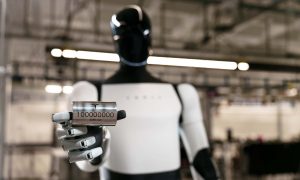
 News2 weeks ago
News2 weeks agoTesla celebrates key milestone for 4680 battery cell production cost
-

 News2 weeks ago
News2 weeks agoI took a Tesla new Model Y Demo Drive – Here’s what I learned
-
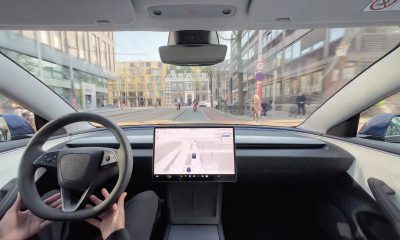
 News2 weeks ago
News2 weeks agoTesla Europe shares FSD test video weeks ahead of launch target
-
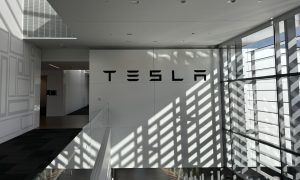
 News2 weeks ago
News2 weeks agoThis Tesla executive is leaving the company after over 12 years
-
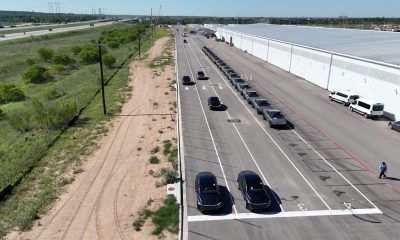
 News2 weeks ago
News2 weeks agoTesla’s Giga Texas vehicles now drive themselves to outbound lot
-
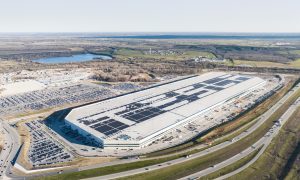
 News2 weeks ago
News2 weeks agoTesla’s ecological paradise near Giga Texas takes shape
-
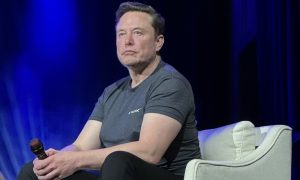
 News2 weeks ago
News2 weeks agoElon Musk and top Trump trade advisor Peter Navarro lock horns over tariffs
-
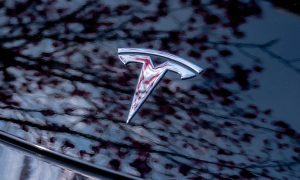
 News2 weeks ago
News2 weeks agoTesla bull lowers price target citing ‘brand crisis’









